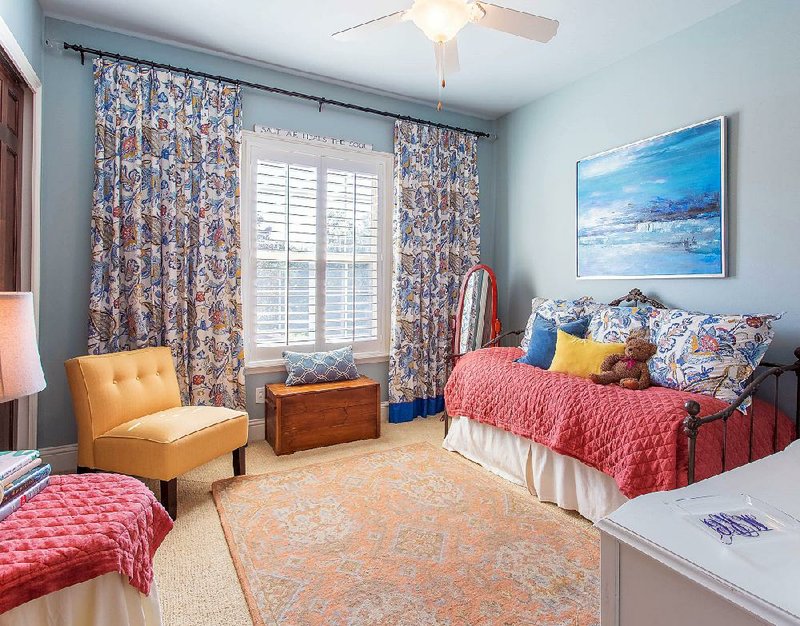Landscape refreshed. Check.
Entertainment center updated to this century. Check.
Kitchen table replaced, old chairs painted. Check.
DC and I were reviewing the home improvement projects we wanted to accomplish before our big party, which was coming at us fast.
"That just leaves drapes," he says, in a we're-nearly-there tone.
"Just?" I ask.
He looks perplexed.
"Have you ever chosen drapes?"
"No."
"Well, if you had you would know the word 'just' and 'drapes' do not belong in the same sentence."
"What's so hard? You put up a rod and hang some fabric."
"Let me put it this way, the landscape, entertainment center and kitchen table were like skiing the green runs. Now we're at quadruple black diamond. I'm talking Shaun White taking on the halfpipe."
I explain. "You have to pick the fabric, which fries one billion brain cells right there. Then you have to figure out what style drapes you want, working or nonworking, and where you want ..."
"Wait!" he interrupts. "Why would anyone want drapes that don't work?"
"Stationary panels, for decoration."
"We're paying money for drapes that don't work?"
I ignore this. "Next the drape person needs to tell you how much fabric you need. Then you get to pick hardware and choose between metal or wood, rod thickness, finish and finials. Poof, another billion brain cells gone. Oh, and rings, how many, or will your drapes slide onto the rod, traverse or have grommets?"
I look over at DC. I've lost him. He's gone back to watching an Olympic curling match, which I will never understand.
Now that I've run through the steps, I steel myself for the task ahead: drapes for not one but four rooms -- family room, kitchen eating area, office, guestroom -- and fast.
Soon I am zipping and snipping my way through fabric stores, bringing home dollar-bill size samples. I spread the swatches across the kitchen table. DC asks if I'm making a quilt.
I don't answer. My mind is busy doing more quadruple axles than the Olympic skaters. The fabrics need to be right for each room, and get along with each other, and fit with the rest of the house and be available, and not be too expensive.
I move swatches around like chess pieces, putting them next to my wall colors and pitting them against one another. I edit them down to a mere two dozen. I stuff these in a sack and take them to work to show my office neighbor, the long-suffering Ken Olsen, an interior designer who did nothing to deserve having his office stuck next to mine. I invite myself in and dump the fabric scraps onto his work table, along with my paint swatches.
He wastes no time throwing half of them in the trash. I suffer a tiny death with each rejection. He creates two groups: You could go this direction with these four. Or this direction with these. I want to kiss him, but I already freak him out enough.
I dash off to buy four fabrics. "So, we're almost done!" DC says cheerily when he sees the bolts of fabric.
"Actually," I correct. "We've just gotten started."
Though choosing drapery is a multifaceted, often trying process, drapes can make a room. They are the finishing touch, the scarf on the outfit. Follow these eight steps to make drapes less daunting:
• Determine purpose. Because my windows already had coverings, I wanted stationery or "nonworking" side panels to add color, pattern, softness, and texture, without blocking the natural light. If you want drapes to pull for privacy, light control, or to block a view, get working drapes, which will cost a bit more.
• Calculate coverage. When possible, go high and wide, not over the window. Hang the rod close to the ceiling and let them extend well beyond the window. How wide you can go will depend on how much stacking room you have, that is, the length of wall beside the window.
• Find your fabric. Cotton has a lighter more casual feel, while denser fabrics, like damask or velvet, feel more formal. Motif matters, too. The spirit of the fabric should suit the room and the rest of the house.
• Figure yardage. Aim for two to two and a half times more fabric than the width of the area you're covering. So, if your stationary panel covers 24 inches, panels should be 48 to 60 inches wide. For working drapes, base width on the length of the area the drapes cover when closed. Anything less looks skimpy.
• Pick your hardware. First determine where you want the fabric to fall, then figure what hardware will achieve that. Don't start with an eight-inch finial and get stuck with no stacking room for your fabric. Drape hardware throughout the home should be consistent, at least in finish.
• Install hardware. Or, better, have a professional do this. Note: It's called hardware because it isn't easy, which is why we don't do this ourselves.
• Remeasure and sew. With the hardware up, have your fabricator do a final measure. Discuss details, such as pleats, headers, tie backs, and length. For a clean, tailored look, panels should fall just to the floor and stop. Puddles are passe, and drapes too short just look wrong.
• Hang 'em up. Then celebrate.
Syndicated columnist Marni Jameson is the author of two home and lifestyle books, including Downsizing the Family Home -- What to Save, What to Let Go (Sterling Publishing 2016).
HomeStyle on 03/03/2018
